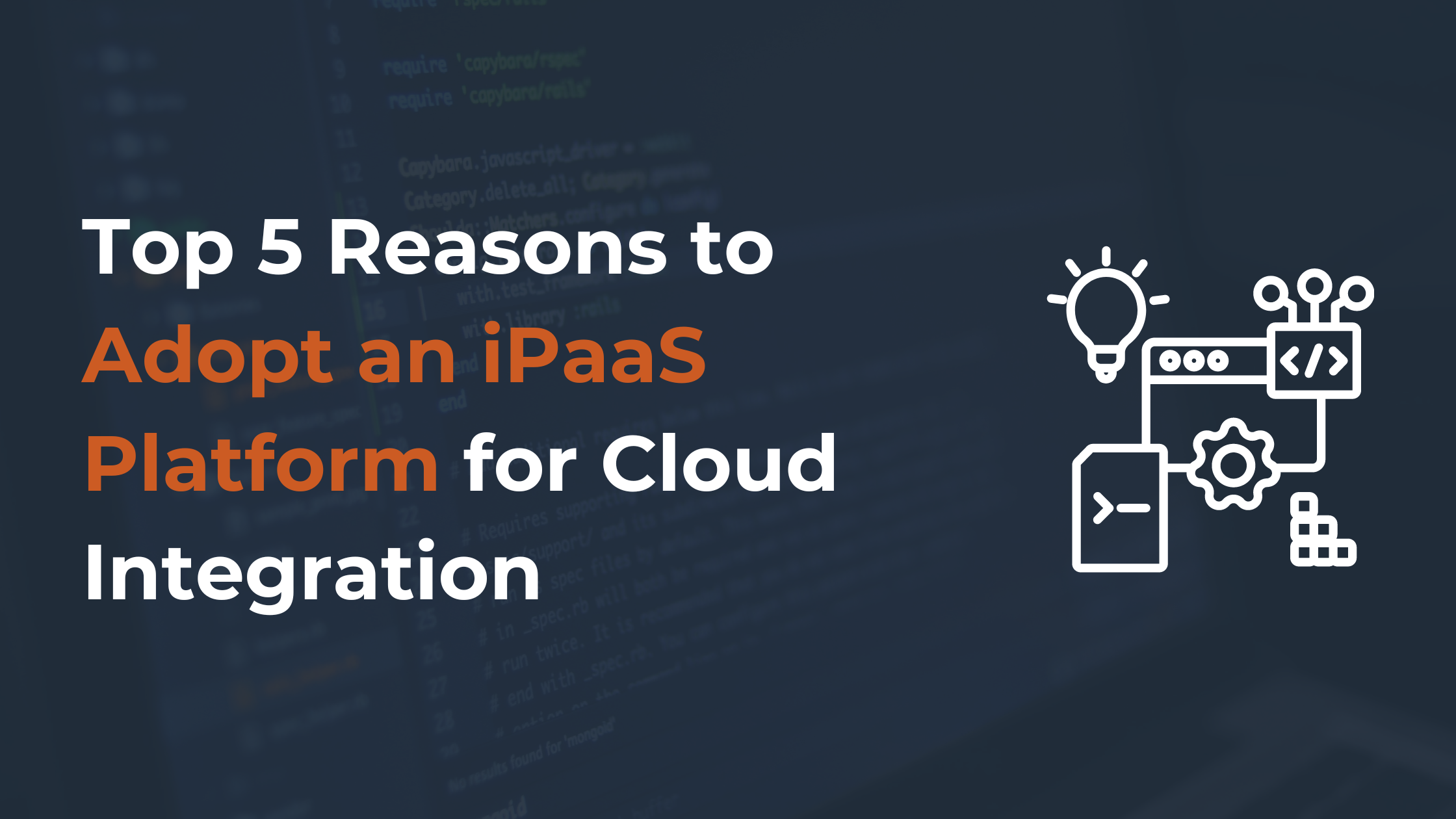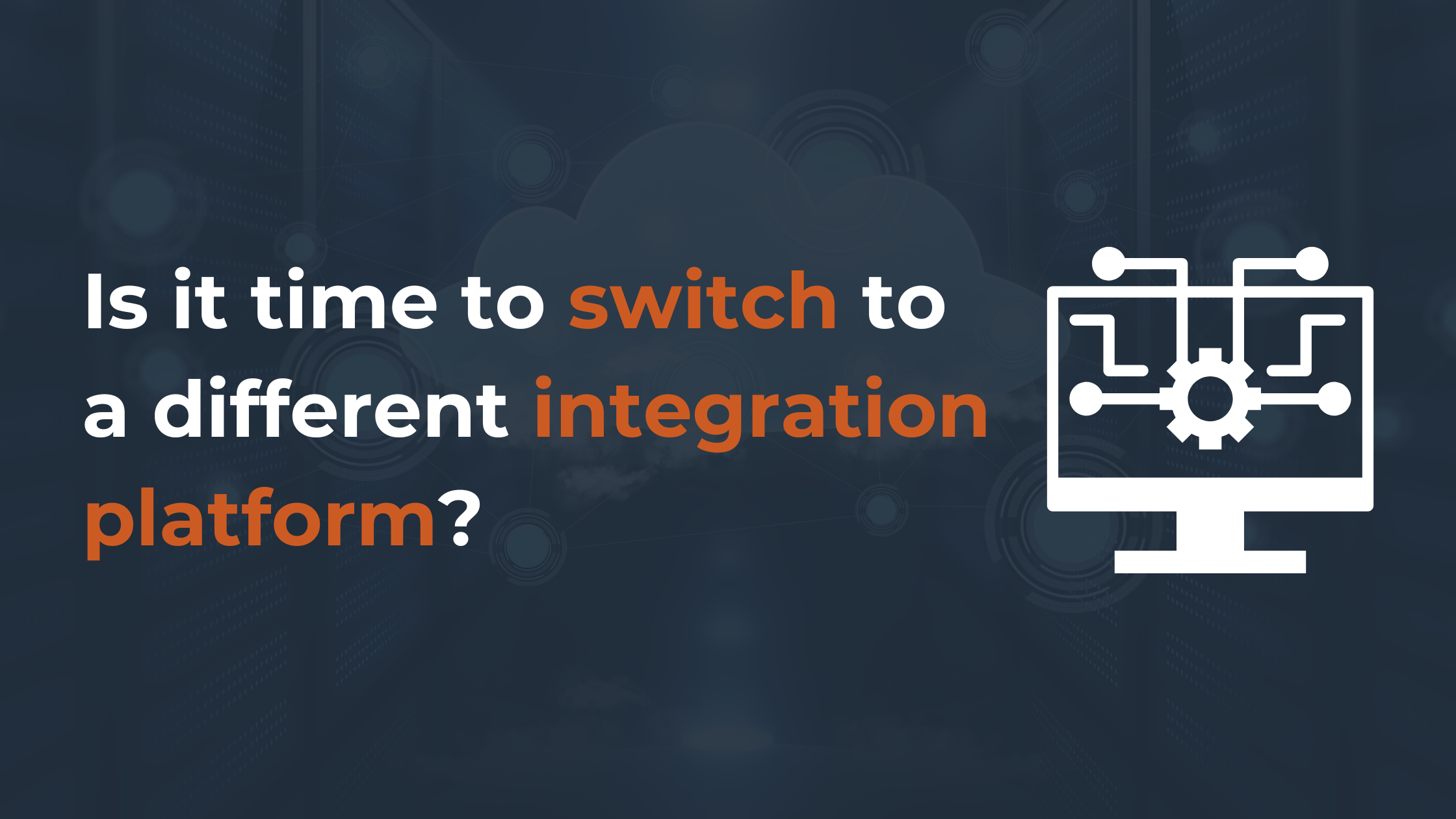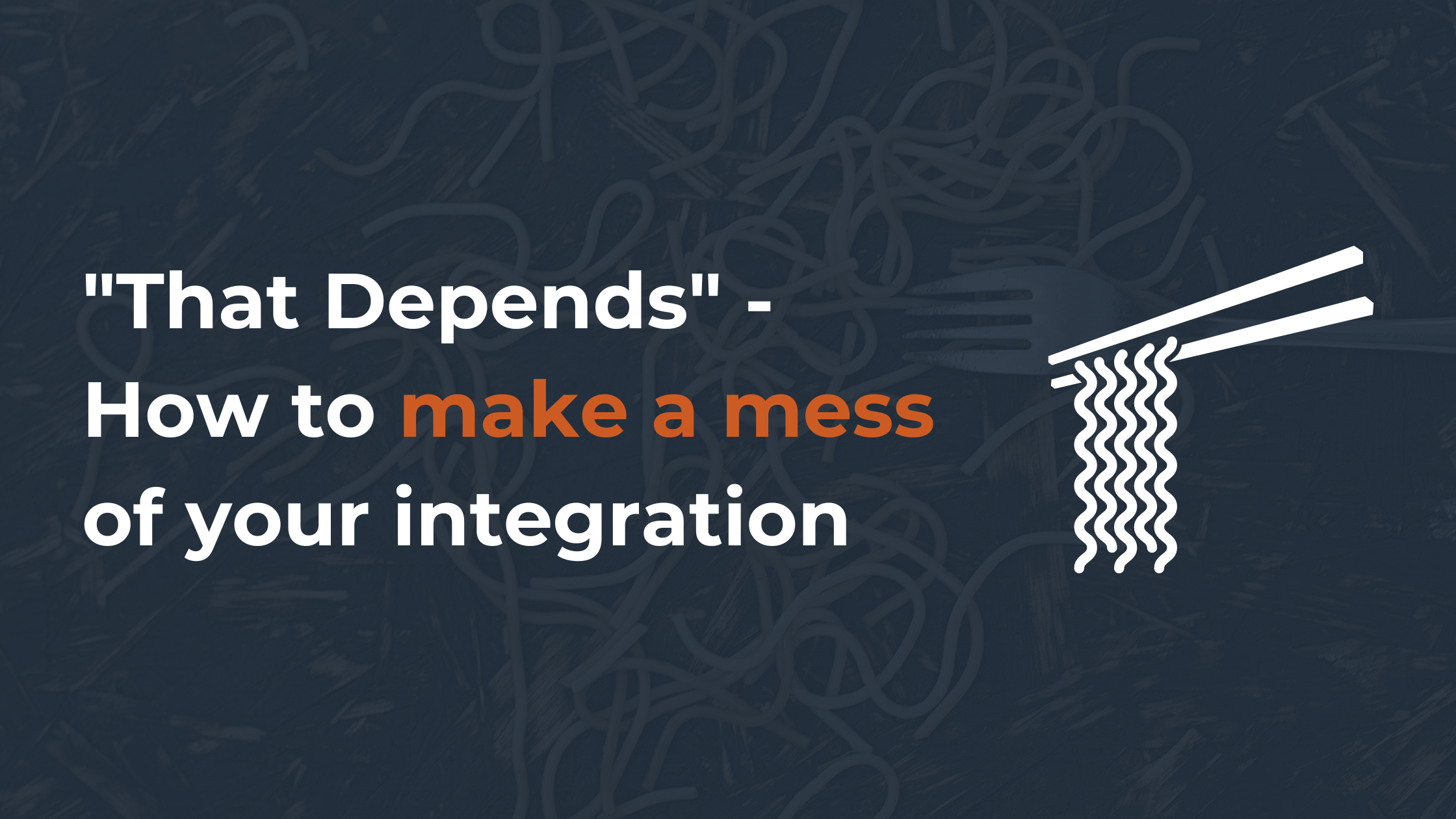The coronavirus (COVID-19) pandemic has led many businesses to reevaluate their stance on remote work. Companies have increasingly returned to “business as usual” since COVID-19 vaccines became generally available. Conversely, some companies are committed to a hybrid work model long-term.
A hybrid model promotes a healthy work-life balance. The model encourages employees to work both in-house and remotely. The model gives employees the flexibility to work where they can feel and perform their best, ensuring workers can become more productive and efficient than ever before. Plus, businesses can boost their employee satisfaction and retention levels. Let’s not forget about the cost savings associated with a hybrid model, either. The model can help companies reduce overhead since they won’t have to provide in-house accommodations every day.
There is a lot to like about a hybrid model. However, customer relations and customer service can deteriorate if a business does not prepare its workers to transition to this model. If customers cannot receive adequate services and support, they will look elsewhere. In this scenario, a business can inadvertently alienate its customers. Perhaps even worse, the company risks losing these customers to industry rivals.
How to Successfully Transition to a Hybrid Work Model
Ultimately, your business should not miss a beat as it transitions to a hybrid work model. Yet if your company does not account for all aspects of transitioning to hybrid-remote work, it could make mistakes along the way. Meanwhile, even a single mistake can put your company, its employees, and customers in danger.
When transitioning to a hybrid model, do not leave anything to chance. Here are six tips to help you prioritize customer relations as you embrace a hybrid model.
Automate Customer Relationship Management (CRM)
Utilize CRM automation software across your workforce. The software allows you to eliminate repetitive customer relations tasks. Over time, it enables remote and in-house workers to manage customer relations with speed and precision.
To get the best results from CRM automation software, develop an implementation plan. That way, you can figure out what you want to accomplish with your software and how it supports your hybrid work model. From here, you can establish a strategy that helps you achieve your desired results.
Secure Your Business Systems and Data
Put cybersecurity front and center. If you plan for cyberattacks, you can avoid costly and time-intensive data breaches.
Hire a cybersecurity professional to audit your business’ security posture. This professional can analyze your company’s systems and networks and identify any security gaps. Then, they can offer tips and recommendations to ensure you can bolster your security posture. A cybersecurity professional can also help you securely manage several remote office locations.
Document Your Business Processes
Create documentation surrounding your hybrid work model. This documentation should define sales processes and others for in-house and remote personnel.
Your documentation should include terms and definitions that are easy to understand. If workers have questions regarding business processes, you should be ready to respond to their queries right away.
Furthermore, business process documentation should define the responsibilities associated with your hybrid model. It should explain the ramifications of not complying with various business processes.
Offer Training
Offer customer relations and customer service training across your workforce. This training ensures in-house and remote workers are well-equipped to tackle any customer issues that crop up.
In addition, develop and execute a security awareness training program for your workforce. This program can provide workers with insights into different types of cyberattacks and their risks. It can empower staff members to do their part to keep your systems and networks safe, regardless of whether they work in-house or remotely. Plus, you can protect against the legal ramifications of cybercrime.
Communicate and Collaborate with Employees
Maintain open and honest communication with employees. Encourage workers to reach out via email, phone, or other communication platforms. If workers need help, you should be available to provide support.
Furthermore, conduct regular meetings with employees. These meetings enable you to learn from employees and ensure they receive ample support. If workers encounter challenges as they embrace a hybrid model, you can assist.
Collect and Assess Employee Feedback
Use employee questionnaires and surveys to determine how staff members feel about your hybrid work model. These assessments allow you to identify hybrid model challenges and opportunities. As such, they can help you discover ways to optimize your hybrid model.
Perform periodic hybrid model audits. An audit lets you examine employee performance statistics and other data since you launched your hybrid model. It helps you assess the ROI of various hybrid model tools and technologies.
Make the Transition to a Hybrid Work Model
If a hybrid-remote work model makes sense for your business, start implementing these key strategies, track the results throughout the transition period and address any issues. This ensures an easy transition without compromising customer relations.

.png)



